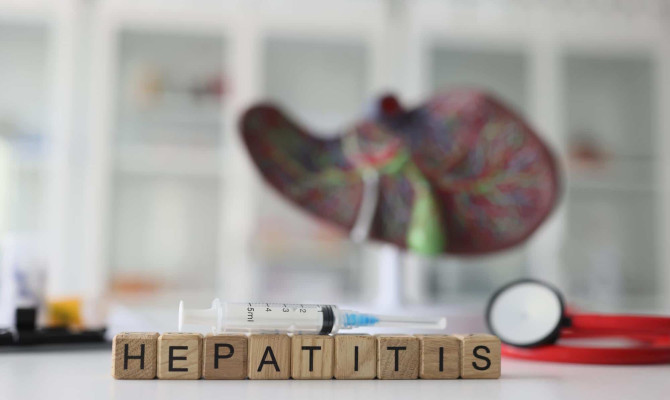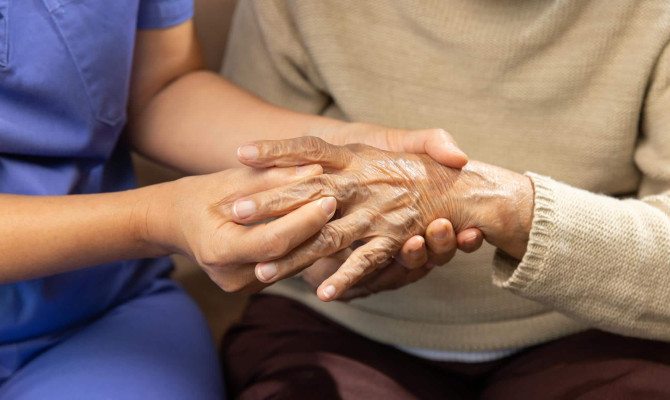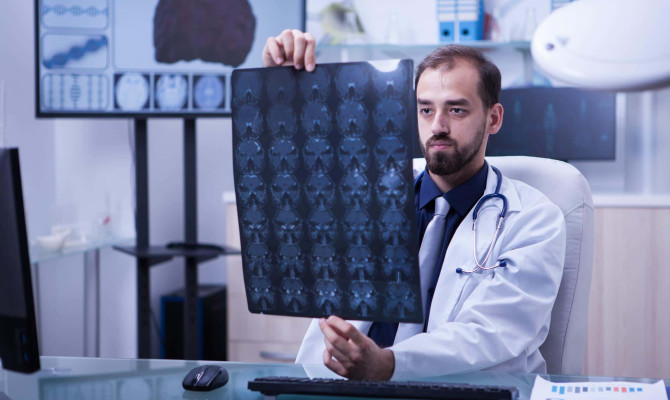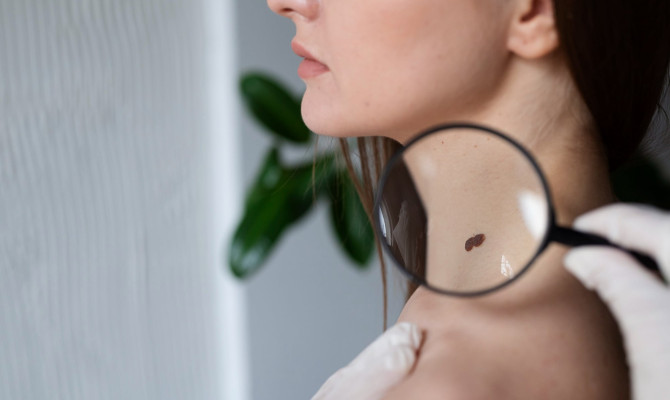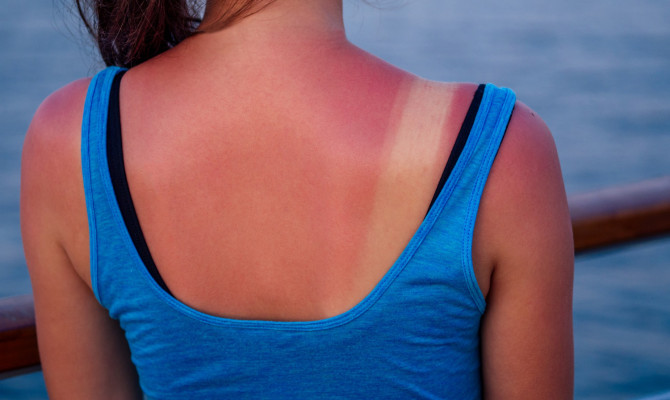Bed Sores and their Management

- Bed Sores
- 14 Aug 2023
Overview
Introduction
Bed sores also called decubitus ulcers, or pressure sores occur when a region of skin is put under continuous pressure for a prolonged period. A stoppage of nutrients and oxygen delivery to the tissues occurs, and in due course, results in the death of the skin and the underlying tissues.
Although it can happen to anyone, it typically affects those who are bedridden or spend a lot of time in a wheelchair. Even though they can appear anywhere, the skin over the bony areas of the elbows, shoulder blades, back of the head, back and sides of the knees, heels, hips, tailbone, and ankles are more prone to develop bed sores. 1overview on bed sores| Researched based study from nih.gov
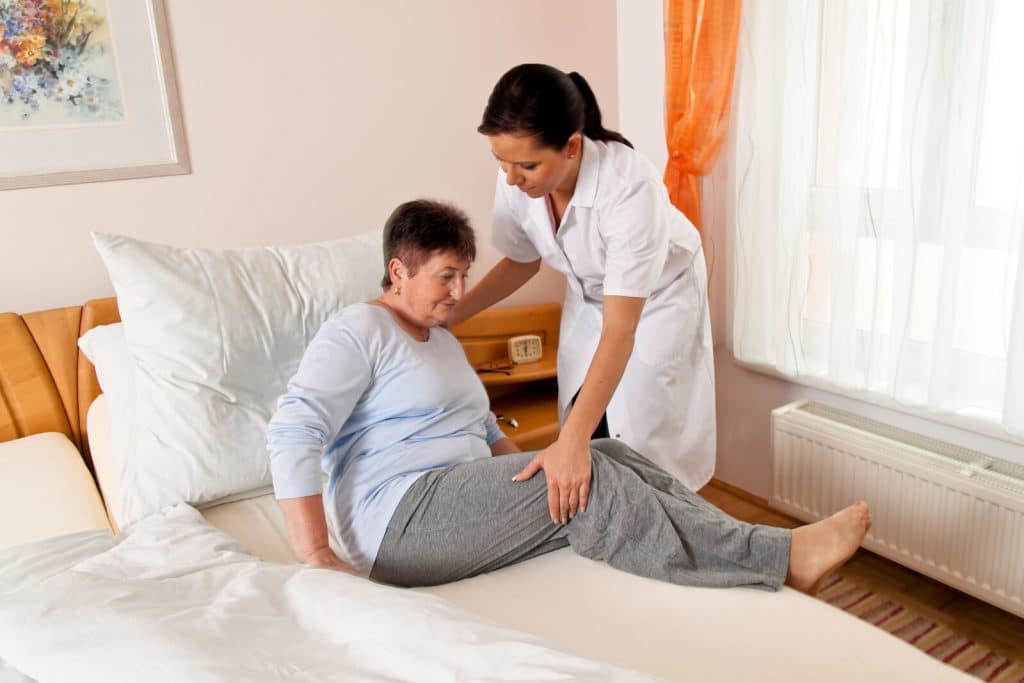
Stages
Stages of Bed sores
Based on the severity, bed sores can be divided into four stages as follows: 2Stages of bed sores| Researched based study from nih.gov
Stage 1:
- The affected skin has a pink or red appearance and feels warm.
- The region may seem blue or purple on people with a darker complexion.
- No open wound is seen.
- When touched, the skin may feel softer or firmer than usual
- And there may be pain or discomfort.
- The affected area may be itchy, painful, or burning.
Stage 2:
- There could be open cuts, scrapes, blisters, abrasions, or skin loss.
- There may be severe pain.
- Discolored skin surrounding the wound.
Stage 3:
- The fatty layer under the skin may be penetrated by a visible wound.
- Because of the damage beneath the skin’s surface, the affected area may start looking like a crater in this stage.
Stage 4:
- The affected area has sustained considerable damage forming a relatively large wound.
- The musculoskeletal system including the muscles, tendons, and bones is exposed since the wound has penetrated all three layers of the skin.
- At this point, infection poses a serious risk.
- The healing process of an infected sore is slower.
- The infection may spread to other parts of the body, causing significant harm.
Symptoms
Symptoms of Bed sores
Depending on the pressure applied, they may form gradually but can also form in a matter of hours and could display the following symptoms:
- Changes in skin color- Those with pale skin commonly have red areas, while people with darker skin tones, get purple or blue patches.
- Spots that are pigmented do not become white when pressed.
- Swelling may be present.
- The affected area may be warm, soft, spongy, or rigid to the touch.
- Pain or persistent itching in the affected area.
- The area may feel cooler than other areas.
- A shallow open wound
- Blisters on the affected area
- An open wound that goes deep
- Deep muscles or bone exposure
- Discolored edges of the wound
- Loss of sensation in the affected area
- Signs of fever.
- Fluid or pus discharge.
Causes
Causes of Bed sores
Pressure ulcers can be caused by a variety of reasons, however, the ultimate common component leading to ulceration is a lack of oxygen supply at the tissue level:
Pressure
- When a lot of pressure is applied to an area for a short time or little pressure is applied for a prolonged duration, pressure ulcers may form.
- The amount of blood flowing to tissues can be decreased by persistent pressure on any area of your body.
- Blood flow is necessary for supplying tissues with nutrients and oxygen.
- Without these important nutrients, skin and adjacent tissues are harmed and can eventually perish.
Restricted mobility
- For those with restricted mobility, this type of pressure usually occurs over a bone in a region that isn’t well-padded by muscle or fat, such as the tailbone, shoulders, hip, heels of the feet, and elbows.
- Those with mental or physical health disorders that favor immobility are more likely to develop pressure sores than others, especially those who spend a lot of time in a wheelchair or on a bed.
Constant Friction
- When garments or bedding are constantly rubbed against the skin, a sore may develop.
- It may increase the risk of a bed sore in people with delicate skin, especially if the skin is not kept dry.
Ill-fitting wearables
- Wearing garments with elastics or ill-fitting shoes may limit blood flow and may cause bed soreness.
- The use of surgical or prosthetic devices may constantly apply pressure against certain body parts that may potentially cause pressure sores.
Shear stress
- Shearing cuts off blood supply more effectively than compression.
- Two surfaces that move in opposing directions experience shear.
- As the bed is raised, the body slips down and the skin is tugged oppositely, causing too much pressure.
- Pressure ulcers brought on by shearing are frequently uneven.
Risk
Who are at risk?
The risk of getting bed sores can be influenced by a variety of variables, including:
- Age, those over the age of 70 are most at risk for developing bed sores.
- Nutritional disorders, such as hypoproteinemia , anemia, and malnutrition, can significantly hasten the development of pressure ulcers. 3Risk of bed sores | Researched based study from nih.gov
- Those who are overweight have an increased risk.
- Immobility, being bedridden or in a wheelchair because of a major illness, a recent operation, or paralysis.
- Medical illnesses that impact blood flow- include diabetes 4risk of bed sores | Researched based study from nih.gov and vascular diseases such as heart failure, heart attack, and peripheral vascular disease 5Risk of bed sores| Researched based study from nih.gov
- Absence of sensory perception, people who have had an injury to their spinal cord, or with neurological diseases, or other conditions.
- Mental health issues ,those who suffer from serious psychological disorders like schizophrenia or chronic depression are more likely to develop pressure ulcers.
- People in a coma.
Emergency
When to get medical help?
Taking quick medical advice is recommended if any of the following is present:
- Swelling.
- Discoloration over a particular area.
- Redness of the skin.
- Shivering.
- Racing heart.
- Intensifying pain.
- Pus discharge from the wound.
- Fever.
Diagnosis
Diagnosis of Bed sores
To determine whether a person has a pressure ulcer or not and to classify the stage of the wound, the doctor will probably examine the affected skin closely.
- Staging aids in choosing the best course of treatment according to the severity of the wound.
- Blood tests may also be required to determine the general health of an individual and to rule out other medical conditions that contribute to the formation of bed sores or the delaying of their healing.
Prevention
Prevention of Bed sores
Bedsores can be avoided by regularly checking the skin for signs of redness, and paying special attention to bony regions. Additional strategies for preventing bedsores and halting the progression of already present sores include:
- Shifting positions every hour , if it is not feasible for a person to do so on their own, they may need assistance from a care taker to reposition.
- Consider a specialized wheelchair. You can ease the strain on your body by tilting some wheelchairs.
- Elevate your bed as necessary. If your bed has a headrest, lift it no higher than 30 degrees. This lessens the chance of shearing.
- Regular skin inspection for early indications of pressure ulcers.
- Limit the amount of dampness, poop, and urine that contact the skin.
- If necessary, frequently change your clothes and bedding.
- Ensuring adequate nourishment, as no matter how well-cared-for a bed sore is, it will not heal without sufficient calories, vitamins, minerals, water, and protein.
- Plush padding in beds and wheelchairs to ease the pressure.
- Maintaining dryness and cleanliness of the skin.
- Give up smoking and stay away from smoke-filled environments.
- Simple exercises that may be done anywhere, including in bed, to promote circulation.
Management
Management of Bed sores
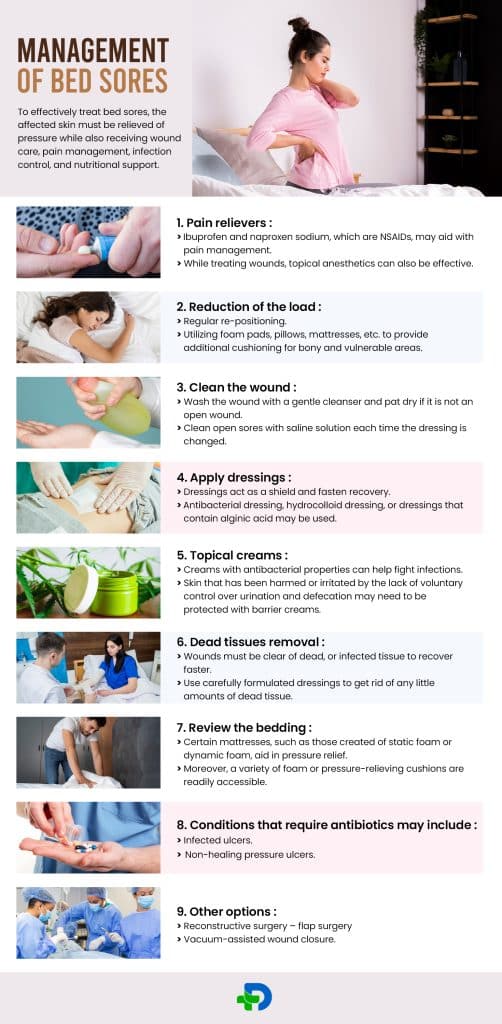
To effectively treat bed sores, the affected skin must be relieved of pressure while also receiving wound care, pain management, infection control, and nutritional support.
Pain relievers
- Ibuprofen and naproxen sodium, which are NSAIDs, may aid with pain management.
- While treating wounds, topical anesthetics can also be effective.
Reduction of the load
- Regular re-positioning.
- Utilizing foam pads, pillows, mattresses, etc. to provide additional cushioning for bony and vulnerable areas.
Clean the wound
- Wash the wound with a gentle cleanser and pat dry if it is not an open wound.
- Clean open sores with saline solution each time the dressing is changed.
- Putting on a bandage speeds healing by creating a barrier against infection and keeping the skin around it dry.
Apply dressings
- Dressings act as a shield and fasten recovery.
- Antibacterial dressing, hydrocolloid dressing, or dressings that contain alginic acid may be used.
Topical creams
- Creams with antibacterial properties can help fight infections.
- Skin that has been harmed or irritated by the lack of voluntary control over urination and defecation may need to be protected with barrier creams.
Dead tissues removal
- Wounds must be clear of dead, or infected tissue to recover faster.
- Use carefully formulated dressings to get rid of any little amounts of dead tissue.
- High-pressure water jets, ultrasonography, and surgical tools like scalpels and forceps can all be used to remove larger amounts of dead tissue.
- Using a local anaesthetic to the affected area will make the procedure painless.
Review the bedding
- Certain mattresses, such as those created of static foam or dynamic foam, aid in pressure relief.
- A more advanced mattress or bed system, such as one that is connected to a pump that continuously feeds air into the mattress, is required if you have a more severe ulcer.
- Moreover, a variety of foam or pressure-relieving cushions are readily accessible.
Conditions that require antibiotics may include:
- Infected ulcers.
- Non-healing pressure ulcers.
- Stage 2 or 3 pressure sores
- If a bacterial infection has spread too deep into tissues
- Infection of the bone
- Infection that has spread to the blood
Surgical options:
A severe pressure ulcer may not recover on its own. To secure the wound, accelerate healing, and reduce the danger of infection, surgery might be required in this situation. The majority of patients who have pressure ulcer surgery are already in poor health, which makes the process difficult. The surgical procedure would include:
- Debriding the wound and adhering the ulcer’s edges together to close it.
- Reconstructive surgery or flap surgery. If a large bedsore does not heal, surgery can be necessary. One surgical repair technique is to cover the wound and cushion the damaged bone with a pad made up of your muscle, skin, or other tissue.
Other management options may include:
- Vacuum-assisted wound closure.
- Hyperbaric oxygen therapy (HBO) to increase oxygen tension 6Management of bed sores | Researched based study from indian journal of plastic surgery
- A healthy, high-protein diet can treat or prevent bedsores.
Complications
Complications related to Bed sores
The most typical complication is infection. Grade III and IV ulcers need to be managed carefully because their consequences might be fatal:
- Bacterial endocarditis is bacteremia brought on by the bacteria entering the bloodstream.
- Cellulitis, skin and other soft tissues can get infected with cellulitis. When a person has nerve damage, they do not experience pain in the cellulitis-affected area.
- Infections like sepsis, which can result in organ failure and is life-threatening, can develop as a result of cellulitis spreading to other areas of the body.
- A layer protecting the bone can get infected, causing periostitis.
- A pressure sore infection has the potential to penetrate joints and bones.
- Cartilage and tissue can be harmed by joint infections (septic arthritis).
- Joint and limb function can be negatively impacted by bone infections (osteomyelitis).
- Cancer , Marjolin’s ulcer is a type of cancer that may further complicate a chronic, non-healing ulcer.
Takeaway
Key Takeaways
Those with bedsores could feel restless, lonely, or unhappy. It is crucial to talk to the medical care team about their needs for support and comfort. The stage of your ulcer determines how quickly you will recover. You can start therapy and recover faster if it is discovered early. The possibility of developing potentially fatal consequences, such as infection, is decreased as a result. Your skin loses some of its resiliency when your pressure sore heals. It is essential to take preventive measures, such as frequently changing your posture. With elderly individuals who are feeble, bedsores can be a major issue. These may be connected to the standard of care the patient receives.
Any feedback on this article?
 This Articles content was accurate
This Articles content was accurate Very Informative Article
Very Informative Article I have a question or a comment
I have a question or a comment
 This article contains inaccurate content
This article contains inaccurate content This article was not helpful
This article was not helpful I have a question or a comment
I have a question or a comment
We appreciate your helpful feedback!
Checkout our social pages
References
-
National Institutes of Health
Treatment of pressure ulcers: a clinical practice guideline from the American College of Physicians
-
National Institutes of Health
Pressure ulcers: Current understanding and newer modalities of treatment
-
National Institutes of Health
Pressure sores and blood and serum dysmetabolism in spinal cord injury patients
-
National Institutes of Health
The current state of diabetes mellitus in India
-
National Institutes of Health
Prevalence and risk factors of peripheral vascular disease in a selected South Indian population: the Chennai Urban Population Study
-
Indian Journal of Plastic Surgery
Hyperbaric oxygen and wound healing












